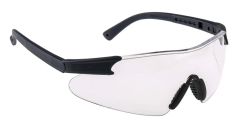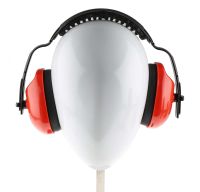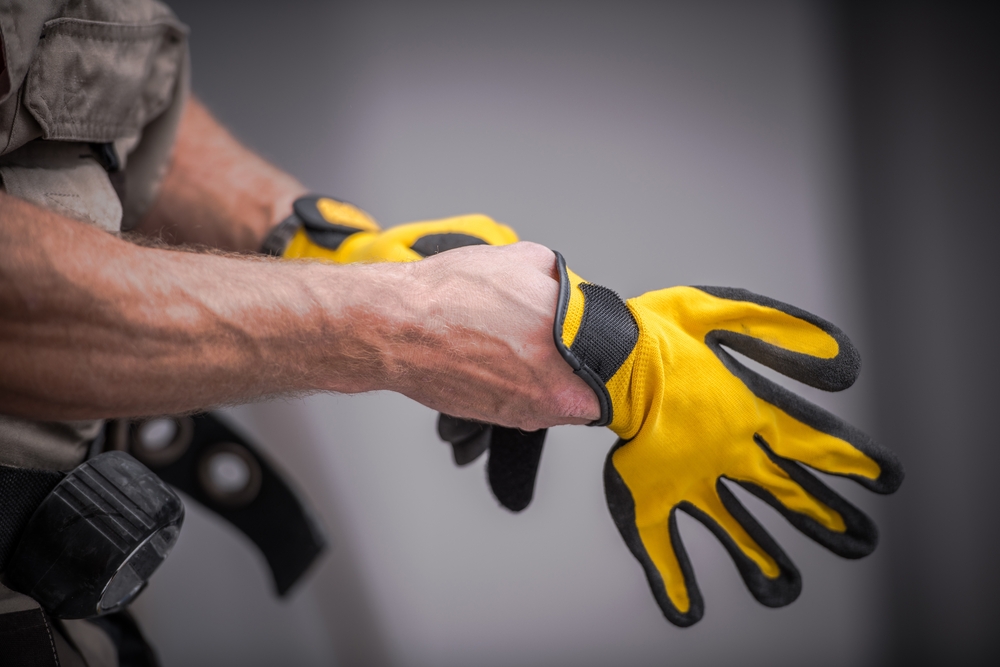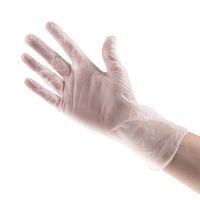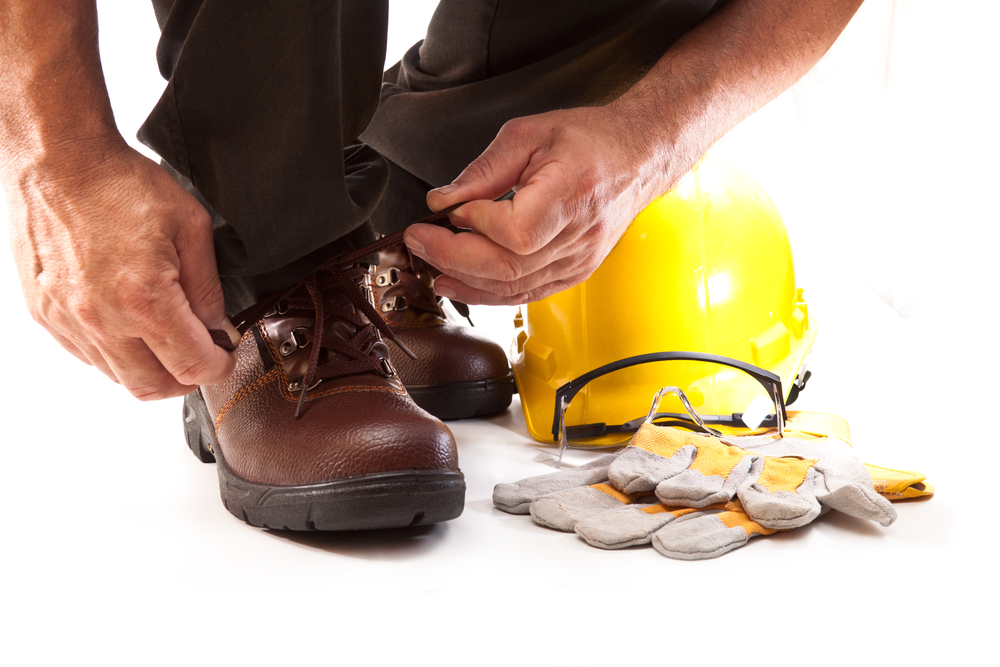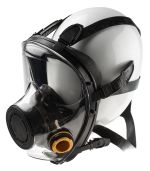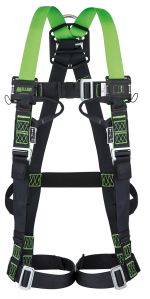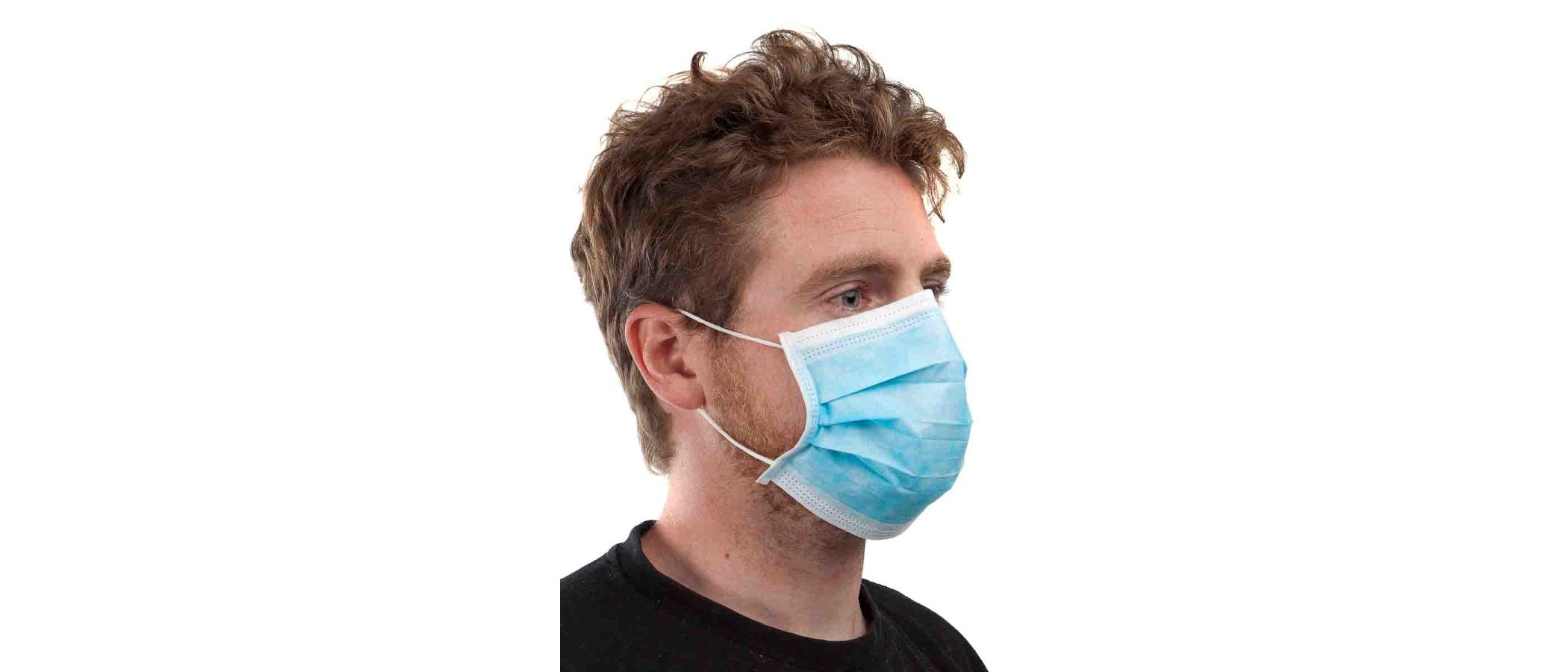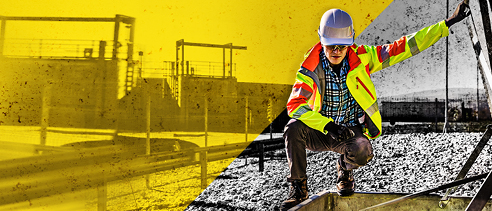PPE: A Complete Guide to Legislation and Equipment

Reviewed by Pete Kendall, Technical Support Engineer (June 2021)
As an employer operating an industrial business, you have a legal duty to protect the health and safety of your employees through the provision of appropriate personal protection equipment (PPE).
In this guide, we will be examining the different types of PPE equipment available, as well as the principal regulations governing their use. Use it as a reference to help you ensure you are fully compliant with the law and your workers are fully protected by the most suitable PPE for their jobs.
What is PPE?
Let’s start with the basics. PPE stands for Personal Protective Equipment. In other words, it is workplace safety gear and can include everything from protective visors to reinforced boots.
PPE is important to ensure protection against serious hazards in workplaces such as factories and industrial sites. Despite sensible working practices and proper training, accidents and equipment failure can occur and potentially result in serious injury.
Common dangers include splashed corrosive liquids, heavy objects falling, and air contaminants over the long term. Employing correct, rigorously tested PPE can significantly minimise the risk of injuries and protect workers in the event of accidents occurring.
PPE at Work Regulations
PPE is regulated by the Health and Safety Executive (HSE). This government agency has overall responsibility for the regulation of safety issues in the workplace – and that includes the enforcement of PPE legal requirements.
Changes to PPE Regulations
The key pieces of PPE legislation are the Personal Protective Equipment (Enforcement) Regulations 2018 (SI 2018/390), which enacts EU Regulation 2016/425, and the earlier Personal Protective Equipment at Work Regulations 1992.
The 2018 legislation made a number of amendments to the older requirements. The new regulations include:
-
Responsibility for standards was extended beyond manufacturers to the entire supply chain, including importers and distributors who use their own brand name or trademark
-
PPE regulation changes were also made to the categorisation of certain products
-
Life jackets and hearing protection equipment both became subject to stricter assessment under the new PPE requirements
What PPE Should Employers Provide?
Under the Personal Protective Equipment at Work Regulations 1992, employers have a legal duty to make suitable, properly maintained workplace safety equipment available, free of charge, to any employees working in potentially hazardous environments. These employees must also be provided with adequate guidance and training in the use of the equipment. It must be stored in an accessible location, and if it is not required on a daily basis, employees must be made fully aware of its location for easy access.
PPE equipment must be regularly checked and a PPE inspection register maintained and kept up to date.
Alternatively, employers can demonstrate that the risks have been adequately addressed by other means.
What are Employees’ Responsibilities for PPE?
Employees who work in potentially hazardous environments must be supplied with suitable PPE by their employees, along with training in its use, but they also hold some responsibilities themselves under the Personal Protective Equipment at Work Regulations 1992.
These duties include:
-
Using the safety equipment properly, to comply with the training they have received
-
Taking reasonable care of the PPE provided and not attempting unauthorised modifications or repairs
-
Visually examining PPE equipment before use, to try and identify potential faults or developing problems (for example tears in PPE clothing). They should report any identified issues without delay
-
Returning the equipment to the proper storage areas after use, except if it is normal practice for it to be taken home overnight (PPE footwear and clothing, for example)
-
Reporting any loss of PPE equipment immediately, so no unnecessary risks are taken in its absence
How can RS Components help with your PPE needs?
Watch our short introductory video for a whistle-stop tour of our PPE offer and what it includes.
We could be your perfect personal protection partner!
Types of PPE Equipment
There are many different types of PPE. Some are designed for everyday use, whereas others are for use in specialised environments. For instance, PPE features everything from head protection like safety helmets, to specialist waterproof and thermal clothing, to daily workwear like reinforced footwear and hi-vis jackets.
Let’s take a look at the most frequently seen PPE equipment types:
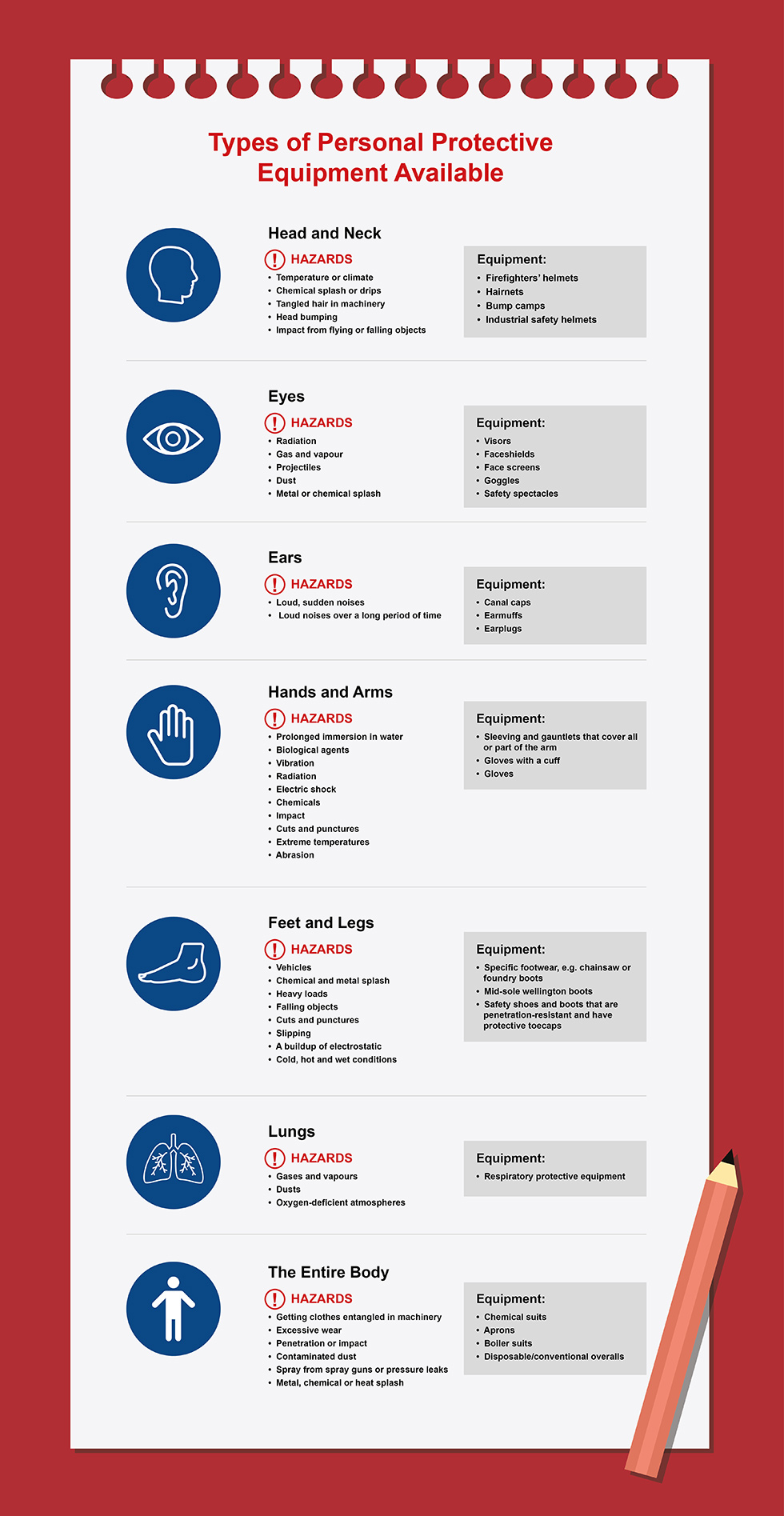
Eye Protection
Goggles and safety glasses help cut the risk of injuries and even blindness from flying debris, chemical splashes, gas and dust. Safety glasses can be customised with prescription lenses for users who wear glasses in everyday life. Consultour safety glasses guide for further information; it is important to ensure that eye protection fits correctly.
Ear Defenders
Ear defenders and earplugs are important PPE for workers in loud environments who are at risk of long-term hearing loss. They are used to block out sound and protect against high decibel noise and loud, repetitive sounds.
Ear defenders cover the external part of the ear so correct fitting is vital to ensure maximum protection.
PPE Gloves
PPE gloves protect the hands of workers who come into close proximity with or handle hazardous materials. Specialist variations include thermal gloves for cold environments, latex gloves to protect against electrical shock, and heat resistant gloves to reduce the risk of burns.
Gauntlets and gloves with sleeving are used in particularly hazardous environments where maximum protection is required.
The recently released ISO 13997 standard specifies testing methods using a blade to ensure that safety gloves are genuinely cut-resistant.
Disposable Gloves
Disposable gloves are an important piece of PPE in many industries including medical, catering and cleaning. They provide wearers with a hand hygiene barrier to protect from damaging substances like chemicals or bodily fluids where they could be at risk from infection or cross-contamination.
Disposable gloves are manufactured in many colours, sizes and materials including Nitrile, latex and vinyl. They're also available as powder-free or pre-powdered to assist in putting the gloves on.
PPE Boots & Shoes
Reinforced, penetration-resistant safety boots and shoes are some of the most fundamental PPE items. They protect feet – and especially toes – from impacts, drops, and abrasive surfaces and help to reduce the risks of common workplace hazards.
Protective footwear is available in a range of strengths for different risks and environments. Footwear with slip-resistant soles can also play an important role in preventing accidents.
Overshoes
Overshoes are disposable shoe covers worn over standard footwear. They are used to prevent contamination and are ideal for use in sensitive environments like kitchens, laboratories, or food and beverage manufacturing.
Overshoes will typically be required in environments where full safety footwear is not needed, but hygiene and cleanliness are vital.
Reusable Respiratory Protection
Respiratory protective equipment (RPE) comes in two basic varieties: disposable and reusable.
Reusable respirators provide sturdier protection for use in more hazardous environments - for example when toxic fumes are present. Some models are filter-based and air-purifying while others include their own oxygen supply.
Disposable Face Masks
Disposable face masks provide face protection and are essential in hygiene and contamination-sensitive environments.
With a wide range of uses, face masks and coverings are ideal for protecting the wearer in many different situations and workplaces.
High Visibility Clothing
Hi-vis PPE is designed to both protect the wearer and increase their visibility. It is typically made from fluorescent or reflective material for this purpose.
Common examples of high visibility clothing include jackets, vests, armbands, coveralls, and trousers. Hi-vis clothing is designed for those who work at night or in poor lighting conditions, or for use in potentially hazardous environments where it is especially important to be seen clearly.
Fall Arrest Harnesses
Safety harnesses are designed for employees working in precarious high locations who are at risk of falling.
Should a fall occur, they decelerate the fall and evenly distribute the weight of the body to avoid dislocations or injuries. These harnesses are similar to the protective equipment used by rock climbers.
PPE from Head to Toe
We take safety seriously - do you?
Watch our video to learn interesting facts about some common risks faced at work and how to avoid them.
How PPE Should Be Worn
How is PPE Issued and Maintained?
All personal protective equipment is issued and maintained by employers, who also store the items in most cases. In some organisations, however, it is routine for employees to take protective clothing items home with them overnight.
The Correct Donning PPE Sequence
Examples:
-
Breathing masks and respirators must be secured at the back of the head first before being positioned on the face, fit testing to ensure a close seal
-
Gloves must always be fully extended to ensure wrists are not left exposed
-
Visors and safety goggles must be positioned over the eyes first then secured at the back of the head once in place
Taking Off PPE
Safe removal of PPE centres around avoidance of any contaminated areas.
Examples:
-
Breathing masks and respirators must be unlatched at the back then removed away from the face to avoid contact with the front of the device
-
The first glove must be removed by gripping the palm area and pulling it away from the body. The second can then be removed by inserting a finger beneath the edge at the wrist, then pushing forwards
-
Visors and safety goggles should be untied at the back then pushed forward, again avoiding contact with the exterior
If your hands come into contact with contamination while removing PPE, wash them swiftly with a suitable cleanser.
What Should You Do if Your PPE is Damaged?
Any damage to PPE should be immediately reported to your line manager or someone in a similar position of authority, and then replaced.
How to Correctly Dispose of PPE?
Disposable PPE is likely to become contaminated after even short periods of use. You should only dispose of it in properly sealed waste receptacles designated for this purpose.
